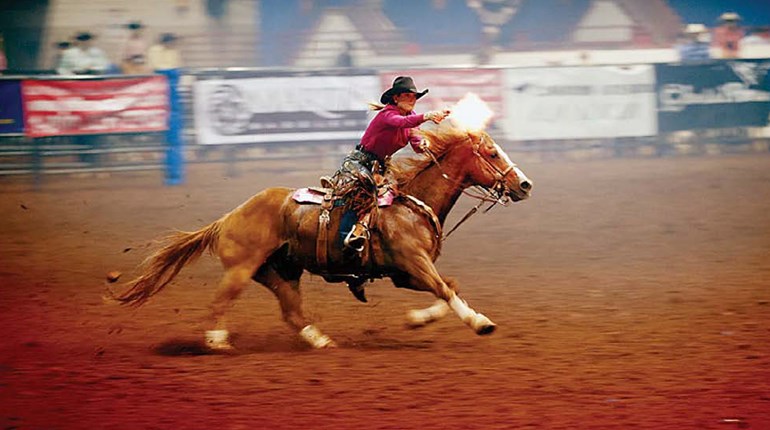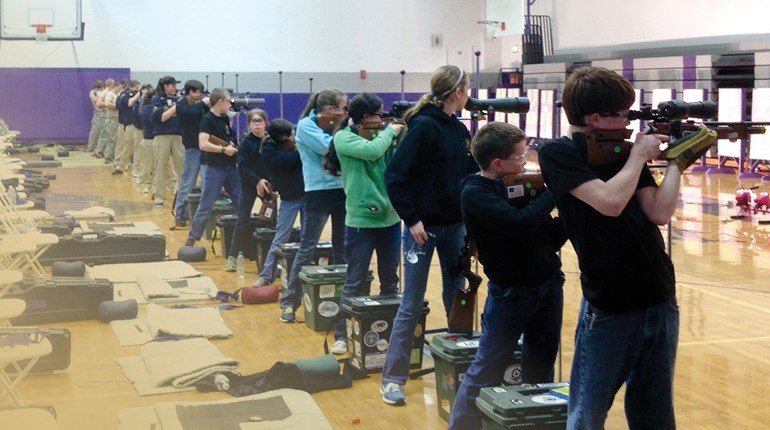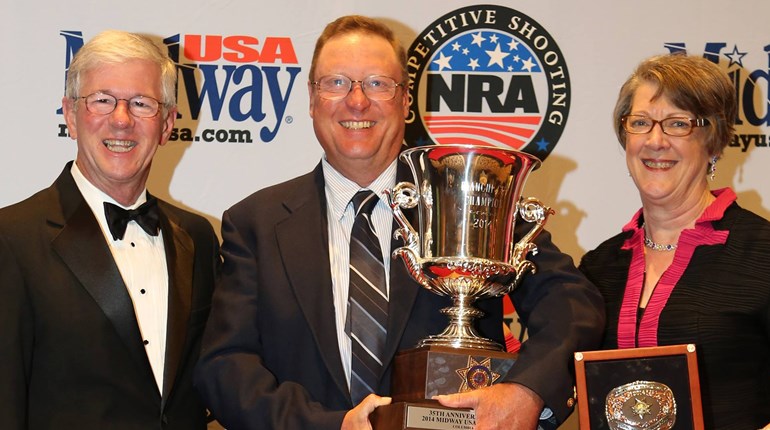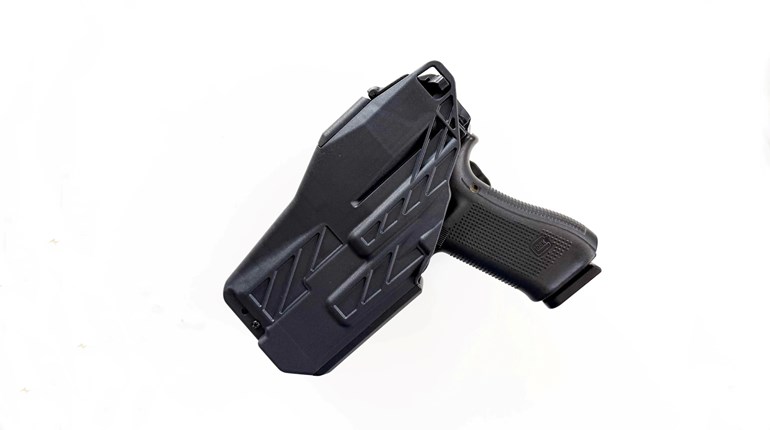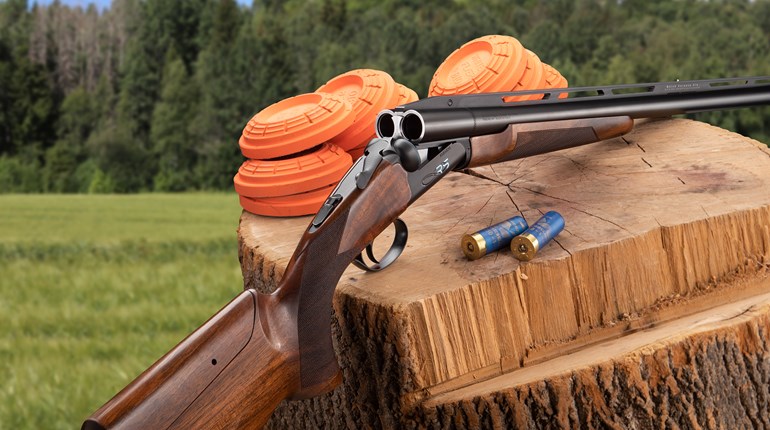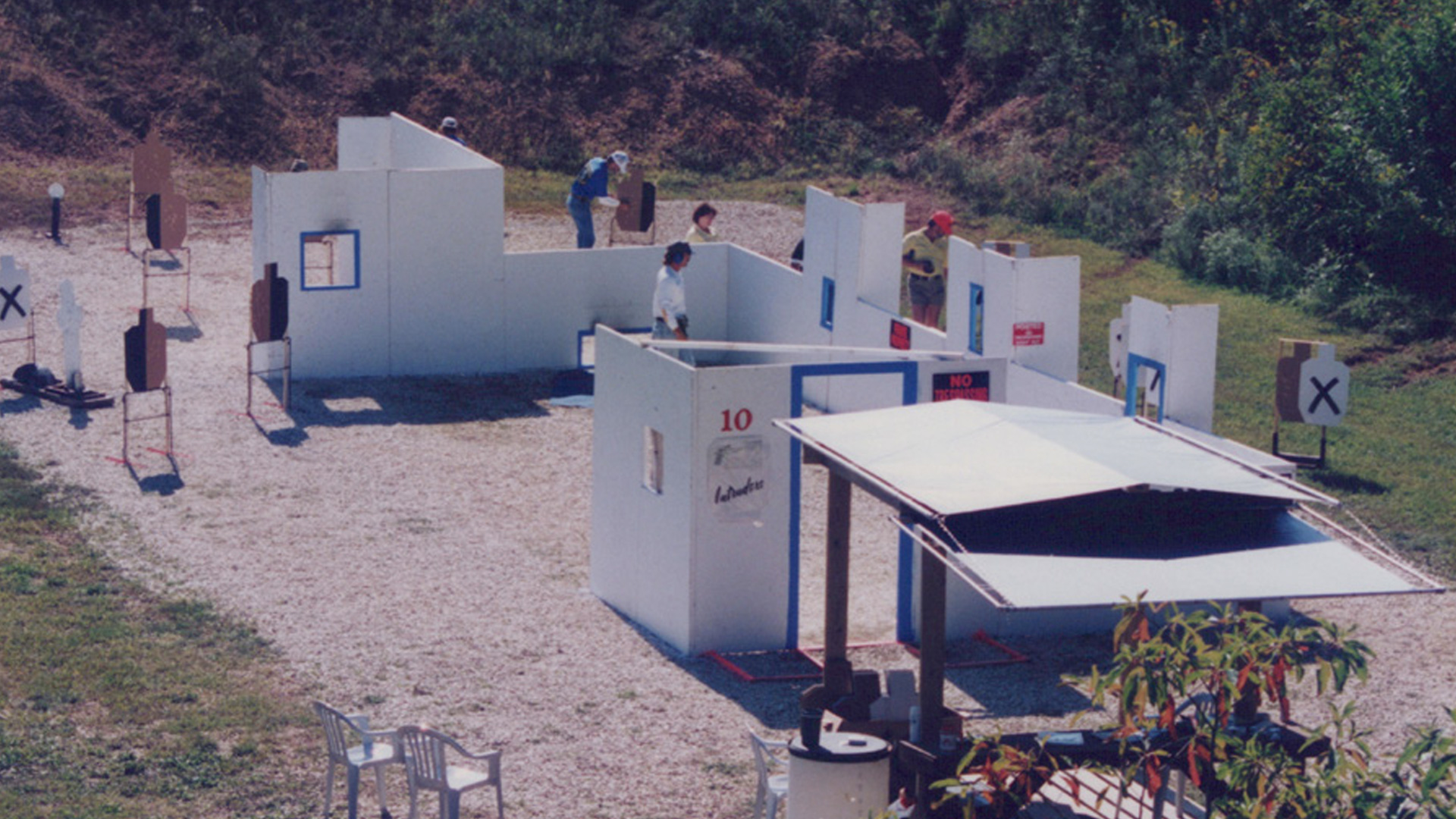
I have the honor of writing the first Blast from the Past article for the USPSA Historical Preservation Committee. Earlier this year, I introduced the committee and briefly mentioned its purpose. Since then, I have received several emails from the gentlemen that I respectfully and affectionately refer to as “the Originals.” These are the men that were there when it all started—the founders. Some became legends of the sport, while others worked behind the scenes to ultimately make the USA Region of IPSC into USPSA. I have also received responses from some of the “legends.” To me they are all like movie stars, and I do need to get control of my “star struck” response.
WHAT DOES THE “P” STAND FOR?
The first email I received was from Bob Clevenger. He provided information about the intentions of the founders. I have provided several quotes directly from his email. (Thank you, Mr. Clevenger).
“The basis for these competitions was that in order to get a maximum score, a shooter would need to shoot a caliber that is known to be a real fightstopper and shoot it accurately and fast. It was determined that GI ball .45 ACP would be the standard. Shoot a less powerful cartridge and you must be willing to accept a lower score on less-than-perfect shots. This was to compensate for the ability to shoot the lower-powered cartridge faster.”
He posed the question, “So what does the ‘P’ in USPSA actually stand for again?” Bob answered, “The founders of our sport clearly wanted to reward power.”
How was power measured? “A simple ballistic pendulum was adopted as the test device. Move the pendulum as far as a .45 ACP firing GI ball ammo and you would score “major power factor” but if the pendulum moved less than the .45 ACP moved it you only scored “minor power factor.”
He taught me other things, and I look forward to staying in communication with him to learn more.
WE NEED YOU
I have received other emails—one member has a single-digit member number. Another was one of the founders of an area within the United States. I do not, as of writing this, have their explicit permission to list their names. I will say reading each of the emails is like opening presents on Christmas morning.
I am asking all USPSA members reading this, if you know of any people that can contribute information, please ask them to contact me or if I can contact them. Please spread the word. If you are someone that is willing to help, please reach out. We have to capture the information now. We are approaching 50 years since the Columbia Conference.
To do all the things we want to do, we will rely on donations. I envision one of the products of all the information gathering and interviews will be a documentary. This is really where the donations will really come in. I would also love to see a reunion of the Originals and a Legends match. I believe it could happen with your support.
HOW TO SUPPORT
- Go to uspsahistory.org directly and click on “Donate.”
- Donate information or stories via email and possibly even agree to do an interview.
- Donate historical artifacts.
- Donate photographs. I have a scanner for photos loaned to us. If you have them in a digital format, send via electronic storage or emails.
- Donate equipment that can be used for interviews or display cases for the artifacts.
As mentioned previously, financial donations will not be used for my travel. They are needed for supplies and equipment, and are currently being used for the website and for banners we are making to put up at the 2023 USPSA Nationals for awareness. In addition, I plan to provide a full accounting at least yearly for the donations and how they are used.
The first major project toward that Hall of Fame and Museum is the gathering of information determining who should be included. Please look for the member surveys I will be sending asking for your opinions. There will be announcements when they come out.
Help preserve the history of USPSA before it is too late.
Article from the May/June 2023 issue of USPSA’s magazine.













